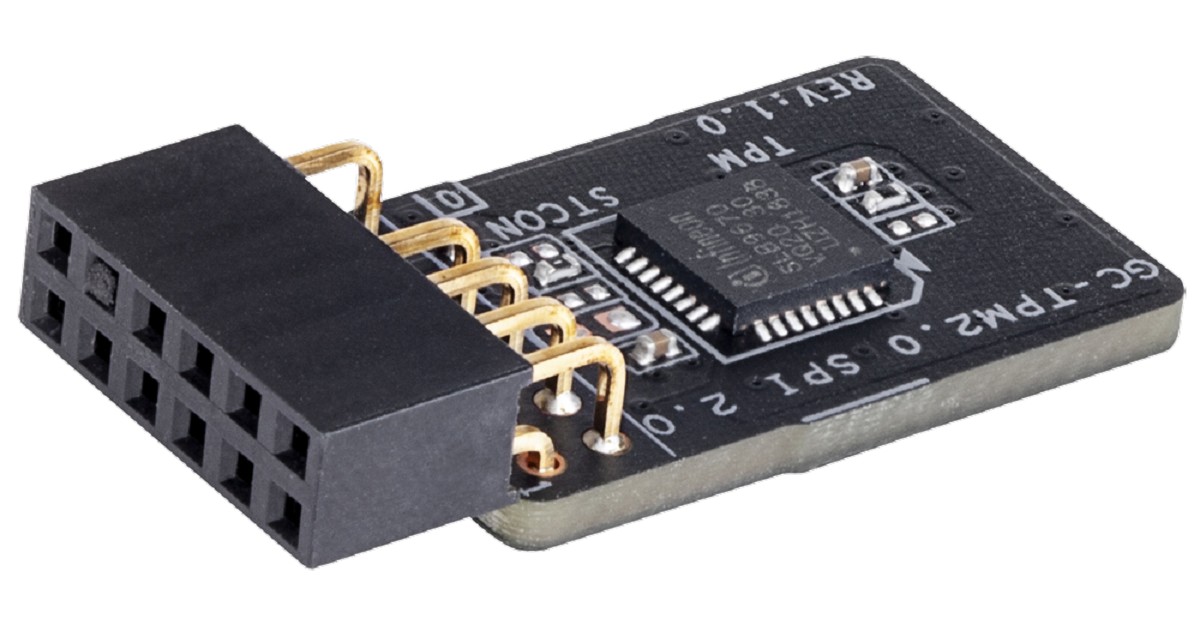

Once malware is on a device, it may remain there undetected for long periods as it often works undetected in the background. Worst still, cyber threats have become so sophisticated that conventional defense-in-depth cybersecurity measures may even fail to detect them. We hope the guide was straightforward and easy enough for you to figure out if the computer has TPM chipset.Today, network equipment and IoT devices face a constant barrage of attacks aimed at exposing vulnerabilities in software and firmware. If you see True in the result, it means that TPM is enabled else you will see No instances available. It will display a list of key-value pairs.

In an elevated command prompt, execute the command: wmic /namespace:\\root\cimv2\security\microsofttpm path win32_tpm get * /format:textvaluelist.xsl If yes expand it and TPM with module number. Find if there is a Security devices node. Read: TPM vs PTT: What are the main differences? 3] Check with Device Manager Enable it, and restart the computer after saving the settings. Locate the security section, and check if there is a setting similar to TPM Support or Security Chip or anything else. Restart the computer and boot into BIOS or UEFI. You can use TPM Diagnostics Tool in Windows 11 to find out the Trusted Platform Module chip information of your system. Or anything similar, then you do not TPM on the computer. Verify that this computer has 1.2 TPM or later and it’s turned on in the BIOS. It will launch the Trusted Management Module Management.Ĭompatible TPM cannot be found on this computer. Type tpm.msc in the Run prompt, and hit enter.

1] Open Trusted Management Module Management Using the Security Node in Device Manager.However, you should know that it should be enabled at the hardware level so that security software security like Bitllocker can use it. There are multiples ways to check TPM chip availability. Related: How to clear and update TPM firmware. It protects the hardware from unauthorized firmware and software modification. No software program can access those keys.Īpart from these keys, there is another key called as Attestation Identity Key or AIK. These keys can only be accessed on the hardware level. When someone owns a device, it generates two keys. It acts as endpoint security for the devices which support it. Trusted Platform Module or TPM is a specialized and dedicated chip which stores cryptographic keys. In this post, we will learn about the Trusted Platform Module and learn how to check if you have a TPM chip. This is where TPM or Trusted Platform Module comes into the picture. Ever wondered which devices support Windows Hello, Fingerprint verification, and critical biometric data – and where they store that data? Storing this data on your computer or phone can be risky.


 0 kommentar(er)
0 kommentar(er)
